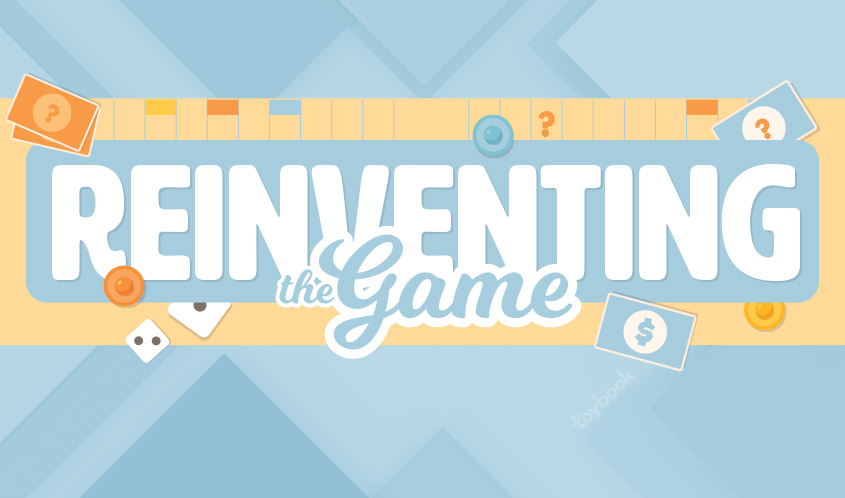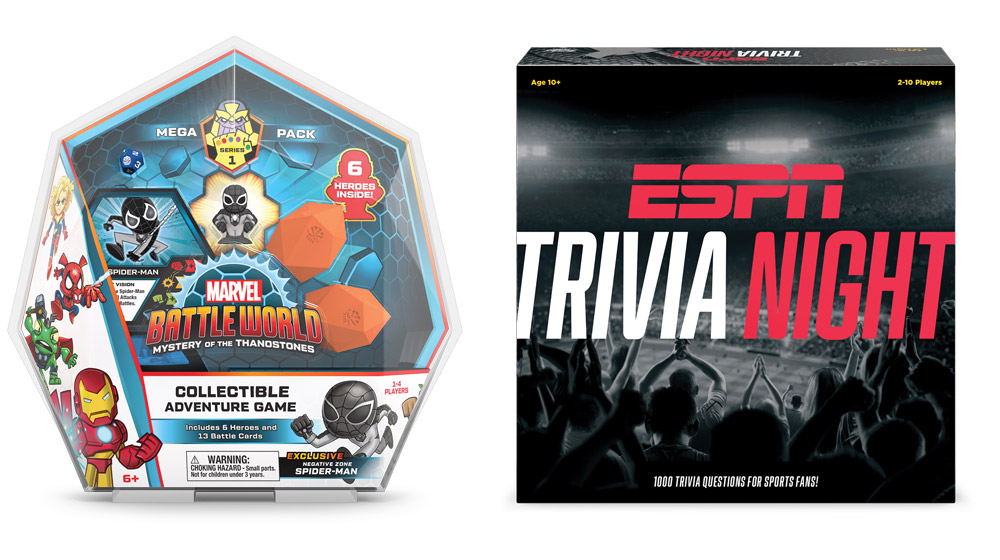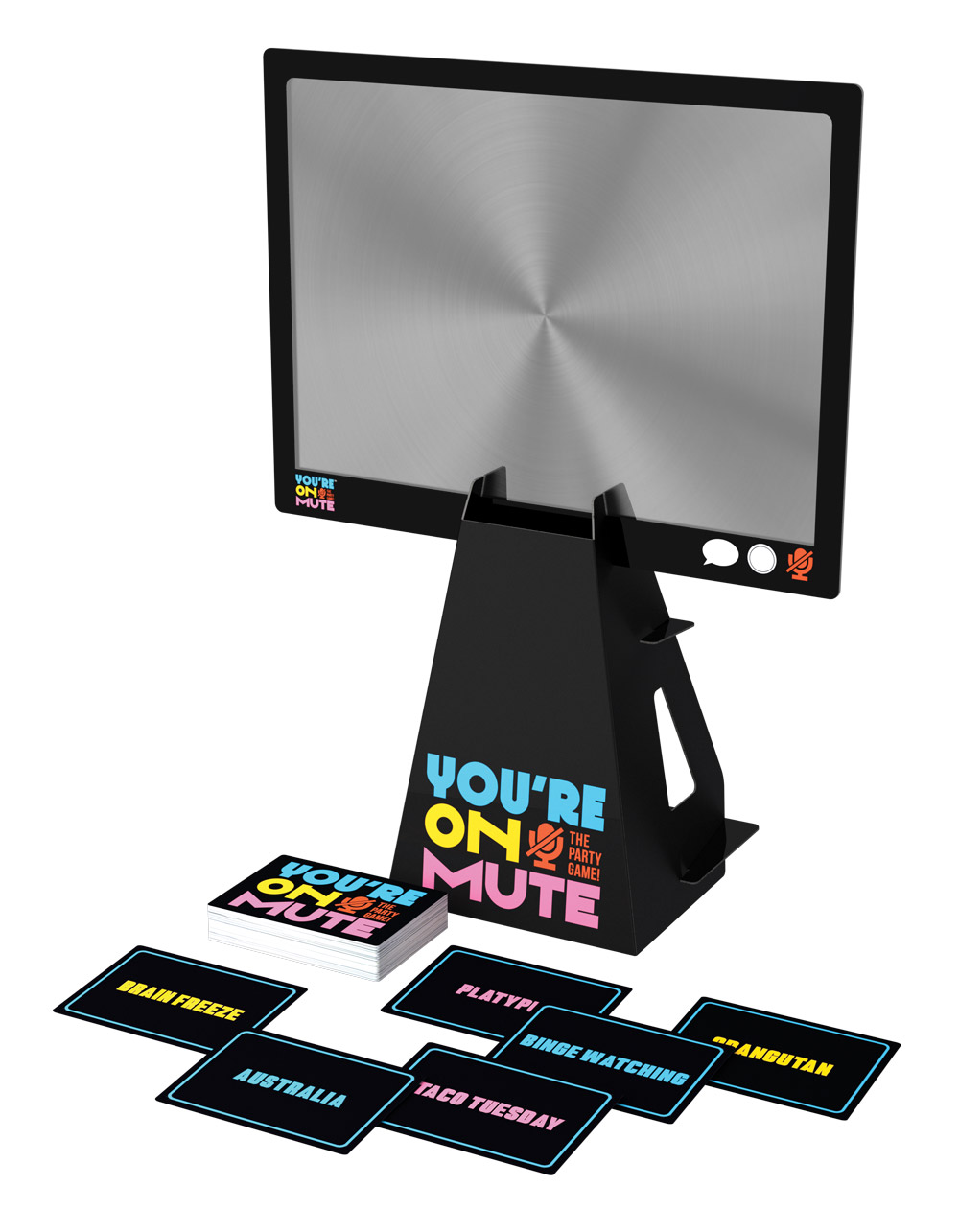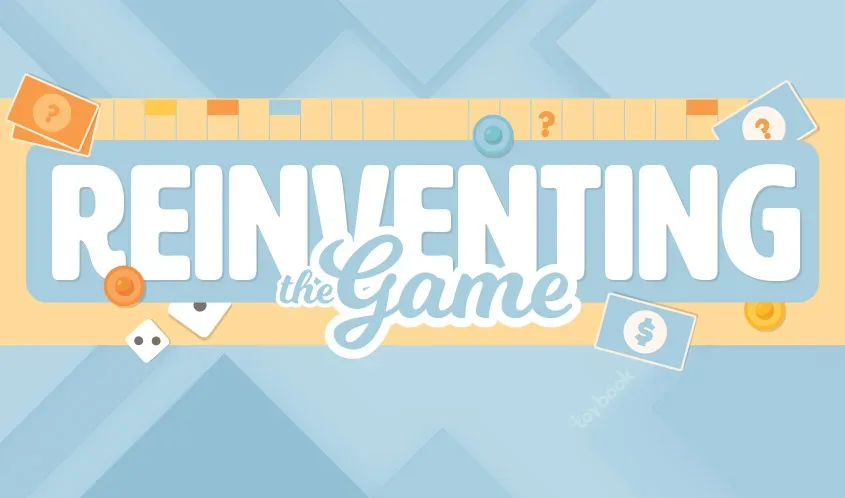
It’s the summer of 2020 and, in the midst of the ongoing COVID-19 pandemic, a masked Funko Games employee approaches a play tester’s front porch clutching a box labeled “prototype.” She keeps her distance and passes it off to a family, who eagerly accepts their latest assignment. Later, the play testers set up the game to try it out, while the game’s producers observe virtually as a carefully placed webcam broadcasts the gameplay from the testers’ living room to the Funko Games team over Zoom.
This became the reality of developing board games following the onset of the pandemic last spring. Board game creators — like nearly every other company in the toy industry and beyond — faced a host of new challenges and changes as a direct result of the global health crisis.
The greatest challenge emerged with play testing, a process that usually involves bringing groups of strangers into the office to play and give feedback on new games. As lockdowns and social distancing protocols made that impossible, companies such as Funko Games, Buffalo Games, and Ravensburger North America had to find alternate ways to test their new titles — from outdoor, backyard play testing and video calls to creating virtual prototypes for players to test using platforms like TableTop Simulator.
Putting the brakes on standard play testing isn’t the only way that the pandemic influenced the board game industry. On the more positive end of the spectrum, the direct sales impact was significant, as families turned to board games for at-home entertainment during the height of stay-at-home orders. According to The NPD Group, the games category grew 29% last year.
Florian Baldenhofer, executive vice president of Ravensburger North America, says the popularity of board games during the pandemic can be attributed to the specific experience they can offer.
“Games have provided families with a way to connect with one another and enhance their togetherness while staying at home …” he says. “On the flip side, games can also provide a great way to disconnect from the realities of the pandemic by allowing players to dive into an immersive story and take a short break — be it 30 minutes or several hours — from daily life.”
The widespread use of games as an escape and a means of entertainment is not unprecedented, according to David Blanchard, vice president of business development at Grand Prix International (GPI), a company that offers design and development, manufacturing, and product sourcing services to board game publishers. He likens the pandemic-induced sales increase to the 2008 financial crisis, when families sought affordable entertainment in place of pricier vacations.
“I think we witnessed that again this year as families turned to tabletop games to provide some distraction from the monotony of quarantine life,” he says. “I also have a hunch that, with so many great games on the market right now, a number of consumers probably ended up buying a game that maybe they wouldn’t have bought under regular circumstances, had a great time playing it, and ended up seeking out similar games or other games from that publisher as our daily uncertainty dragged on.”
That daily uncertainty impacted not only the consumers who were playing board games, but also the companies that were developing new games for this year. The uncertainty of what 2021 would bring meant that game developers — who typically work on a long lead time — had to prepare for both a continuation of stay-at-home orders and for a reopened, vaccinated country.

One of the ways this challenge manifested was in determining player counts. Throughout the pandemic, games with low player counts became a sought-after commodity as game nights with friends and extended family became unsafe. Another popular option was games that consumers could play on video calls, so households could connect from afar. Some companies, including Ravensburger with its Villainous line, offered modified rules for how to play their existing games virtually.
Deirdre Cross, vice president of sales, marketing, and business development at Funko Games, recalls being in the process of greenlighting the company’s 2021 product line at the same time that nationwide lockdowns were starting.
“At that time, we were really looking at things like, what is the lowest player count they can be played with? And if they need a lot of people, can they be teams? Or how do we build something that you can play over Zoom?” she says. “Without knowing how long [the pandemic] would go on for, how adaptable is the product? That is a lens that we used quite a bit.”
“Games can also provide a great way to disconnect from the realities of the pandemic by allowing players to dive into an immersive story and take a short break …”
— Florian Baldenhofer, Ravensburger North America
Cross says that the Funko Games team got lucky at the start of the pandemic, having just launched two games — Five Nights at Freddy’s Survive ‘Til 6 a.m. and Marvel Battleworld: Mystery of the Thanostones — that required a minimum of just one player. For this year, Funko and other game companies had to strike a balance, knowing that consumers will be seeking games for larger groups when it becomes safe to gather again. Funko Games’ new ESPN Trivia Night game, for example, can accommodate as few as two but as many as 10 players.
Ravensburger also developed games for both an at-home and post-pandemic audience, Baldenhofer says. A single player (or up to five) can play the upcoming Alien: Fate of the Nostromo game, while this summer’s Taco Bell Party Pack Card Game is designed for as few as two, but as many as six players. However, Baldenhofer says that Taco Bell — a light-hearted party game — was really designed for the time when people can socialize in person again.
In addition to guiding player counts, the pandemic also influenced some of the game content for this year. Funko Games’ new lineup — especially in its titles for kids — have a lot of what Cross calls “out of your seat” games, which get players up and moving after days spent in front of screens. One example is the Disney Pixar Toy Story Talent Show Game, in which players compete to complete short, physical challenges inspired by the popular franchise.

Board games often take inspiration from current trends, so it also seems inevitable that games specifically inspired by the pandemic era started to arrive on retail shelves. Perhaps the first game to do so is Buffalo Games’ You’re On Mute, which shares its name with a phrase that has become ubiquitous in a year of endless video calls. In the game, players try to get teammates to guess clues while holding a large, video conference-inspired magnifier in front of their mouths.
According to Buffalo Games’ Director of Product Design John Bell, he and his team happened to be working on the concept for You’re On Mute before the pandemic started. “When life went virtual, we had that ‘Is that your chocolate in my peanut butter, or your peanut butter in my chocolate?’ moment as we found ourselves on screen literally saying, ‘You’re on mute’ to one another while developing,” Bell says. “We knew we had our hook for this absurd social party game, and it allowed us to laugh at our new normal.”
However, as more people in the U.S. get vaccinated, the end of that “new normal” is almost in sight, and game companies are looking forward to resuming some of their pre-pandemic procedures following a year of challenges and uncertainty. “We are very anxious to be back together again, rolling the dice and spinning the spinners,” Cross says.
Yet, the pandemic will continue to impact the development of board games in both short- and long-term ways. Funko Games plans to continue using online simulators to help save time during the play testing process, Bell says that the pandemic pushed the Buffalo Games team to innovate and create in a way that has him optimistic for the future, and Blanchard anticipates that an especially impressive wave of board games is on the way.
“I’m a firm believer that challenges and restrictions are ultimately a good thing for any creative process,” Blanchard says. “I’m sure that many of the developers out there have learned a thing or two from the circumstances of the past year, and I’m willing to bet that we’re going to see some fantastic new games later this year and next year born out of those restrictions from 2020.”
This article was originally published in the June 2021 edition of the Toy Book. Click here to read the full issue!

